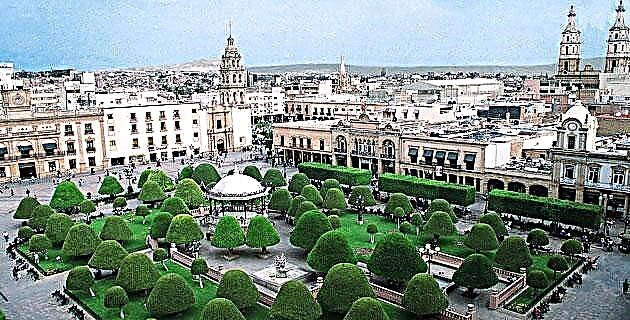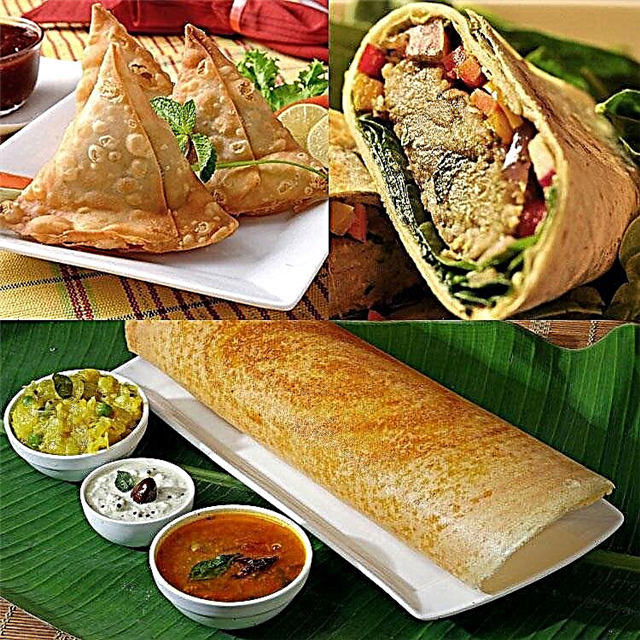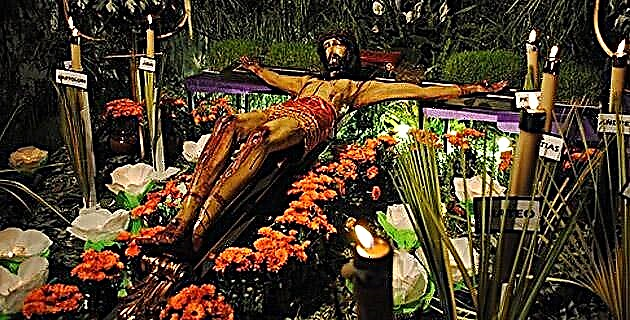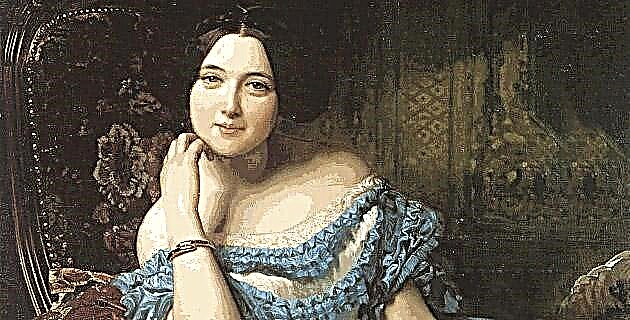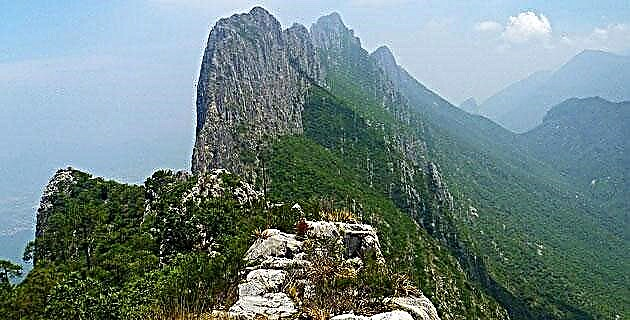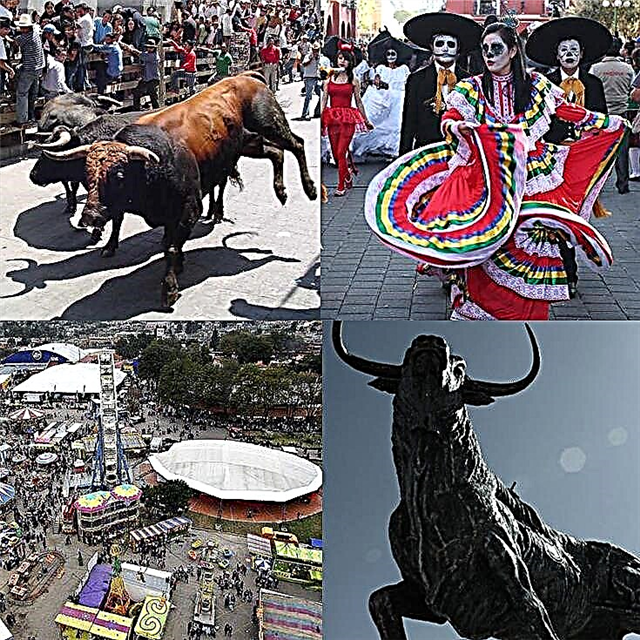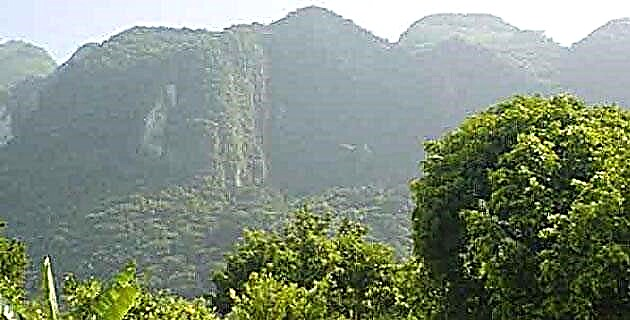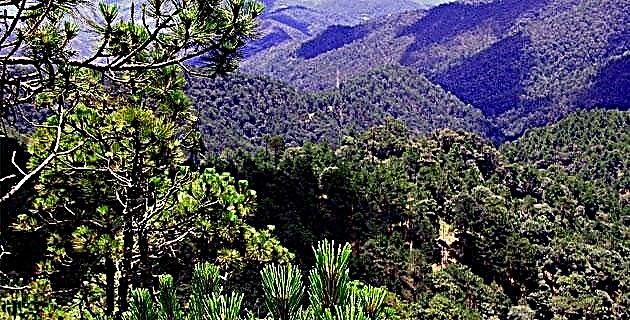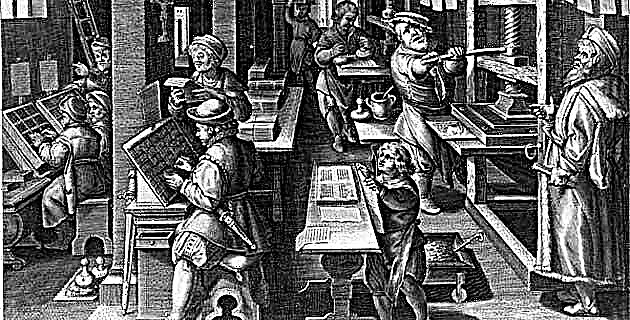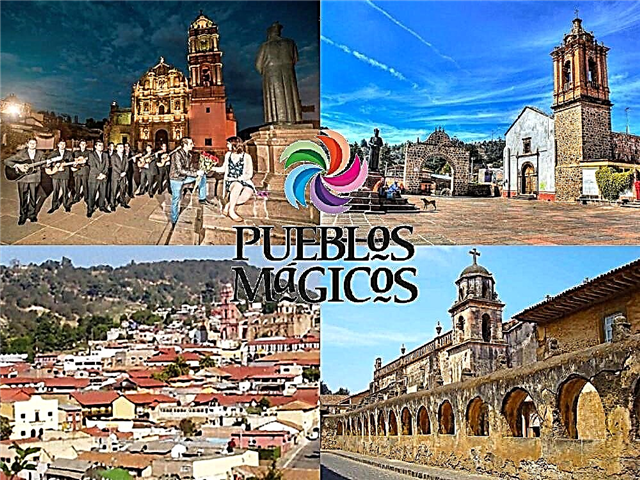This charming Magic Town Michoacano has a bit of everything: national history, mining past, interesting colonial architecture and beautiful natural landscapes. We invite you to know it with this complete guide.
1. Where is Tlalpujahua and what are the main distances there?
Tlalpujahua de Rayón is the head of the Michoacan municipality of Tlalpujahua, located in the northeast of the state, on the border with the state of Mexico. The municipality of Tlalpujahua is surrounded on the north, south and west by the Michoacan municipal entities of Contepec, Senguio and Maravatío. The town of Tlalpujahua is 142 km away. from Morelia on Federal Highway 15D. Toluca is 104 km away. and Mexico City to 169 km.
2. What is the history of the town?
The term "tlalpujahua" comes from Nahua and means "spongy land". The first settlers of the territory were indigenous Mazahuas and during pre-Hispanic times, the territory was highly conflictive because it was on the border of the Tarascan and Aztec empires. The Spanish defeated the Tarascans in 1522 and the colonial era of Tlalpujahua began. In 1831 it reached the category of municipality and at the end of the 19th century the main veins of precious metals that would bring prosperity and tragedy were discovered. In 2005, Tlalpujahua was recognized as a Magic Town, by virtue of its historical past and its mining, architectural and natural heritage.
3. What weather awaits me in Tlalpujahua?
Tlalpujahua is a town with an excellent climate, with an average annual temperature of 14 ° C, which moves between 11 and 16 ° C throughout the year. In winter they are between 11 and 12 ° C, while in summer the thermometers oscillate, on average, between 15 and 16 ° C. In spring and autumn the temperature is between 14 and 15 ° C; a cool and very even climate, in which tourists never get hot. Rainfall reaches 877 mm in the year, with a rainy season that goes from June to September and a little less in May and October. From November to April it rains very little.
4. What is there to see and do in the Magic Town?
In the religious architectural landscape of Tlalpujahua, three buildings are distinguished: the Sanctuary of Our Lady of Carmen, the Franciscan Convent of Our Lady of Guadalupe and the ruins of the old temple of Carmen. Tlalpujahua is the hometown of Ignacio López Rayón and his Insurgentes brothers and in the birthplace of the distinguished patriots, there is a historical and mining museum. Other places of interest in the Magic Town are the Las Dos Estrellas Mine and the Campo del Gallo. Nearby are the Brockman Dam and the Sierra Chincua Monarch Butterfly Sanctuary. The modern tradition of the Christmas balls is another facet of great interest in Tlalpujahua.
5. What is the Sanctuary of Nuestra Señora del Carmen like?
The original temple was built during the first half of the 17th century and had a tower that was destroyed by lightning in the 19th century. It was also endowed with beautiful altarpieces and valuable ornaments and pieces to consecrate in silver, which were disappearing in the middle of the wars or were sold by the priests to defray the costs of reconstruction. The current tower is a beautiful pink color, which contrasts with the brown tones of the main facade. Its interior decoration, made at the beginning of the 20th century by an artist from Tlalpujahuense, is unique in Michoacán.
6. What is the interest of the Franciscan Convent of Our Lady of Guadalupe?
This seventeenth-century Franciscan convent was consecrated in principle to San Francisco de Asís and currently functions as the Shrine of Guadalupe. The atrium is walled and the facade of the temple is simple, with a curvilinear finish and a door with a semicircular arch above which is the choir window and a niche with a relief of the Virgin of Guadalupe. The New Hispanic poet and Franciscan Michoacan friar, Manuel Martínez de Navarrete, was the guardian of the convent of Our Lady of Guadalupe and wrote some of his most notable neoclassical poems on its premises.
7. Where are the ruins of the ancient Temple of Carmen?
On May 27, 1937, a tragedy occurred in Tlalpujahua, when an avalanche of water and mud swept everything in its path in the middle of a strong storm. The materials carried over were mining wastes, stored insecurely on the banks of the river. An old church in which the Virgen del Carmen was venerated was buried under several meters of earth, with only the tower standing out above the surface, being called the "buried church" ever since. It is not known exactly when the church was built, it is believed that it was the chapel of an important hacienda and its first mention in ecclesiastical documents dates from 1742. It is now a tourist attraction.
8. What is exhibited in the Museo Hermanos López Rayón?
Ignacio López Rayón, the son of a wealthy Tlalpujahua family, was a Mexican patriot who led the independence movement after Hidalgo's death. In the birthplace of Ignacio López Rayón and his brothers, also Insurgentes, a museum was opened in 1973 that collects historical testimonies about the life and work of the López Rayón family. The museum also tells the mining past of Tlalpujahua through photographs, documents, models, plans, equipment and implements used in the exploitation of the rich gold and silver deposits at the beginning of the 20th century.
9. Can I visit the Las Dos Estrellas Mine?
This gold mine was discovered in 1899 and was the most important in the world between 1908 and 1913. The deposit was exploited with the most advanced technologies for the time and mining generated a time of great bonanza in Tlalpujahua de Rayón, leading to the locality the electricity and the telephone. The name Dos Estrellas refers to its owner, a French businessman, and his wife. Although no safety statistics were kept at that time, it is believed that one worker died almost daily in mining operations. You can tour the mine on a guided tour and there is also a museum installed in the old premises, in which the technological equipment and work tools of the time are displayed.
10. What is the Campo del Gallo?
The Rayón National Park is a 25-hectare space that was owned by the Rayón family. It is also called Campo del Gallo after the Cerro del Gallo, which is located within the park. During the Independence, the Campo del Gallo was the center of the insurgent movement and the site of the headquarters of Ignacio López Rayón. El Campo del Gallo was declared a National Park in 1952 and is formed by a dense vegetation of pine trees and other species, where a varied fauna lives that includes birds, raptors and deer. It is frequented by enthusiasts of sports and ecological activities.
11. What can I do at the Brockman Dam?
This beautiful body of water is shared by the Michoacan municipality of Tlalpujahua and the Mexica of El Oro, being about 15 minutes from the Magic Town of Michoacán. The lake is located at an altitude of 2,870 above sea level, surrounded by beautiful forests, mainly pine forests. It is frequented for sport fishing, since a varied fauna lives in its waters, especially carp, trout, bass, catfish and acociles. It is part of a 70 thousand square meter ecotourism park where you can also go camping, hiking, mountain biking, boating and skiing, among other entertainment.
12. Where is the Monarch Butterfly Sanctuary located?
The municipality of Tlalpujahua is very close to the great natural sanctuaries that the Monarch Butterfly has in Michoacán and in the state of Mexico. Only 29 km. from the town of Tlalpujahua is the Sierra Chincua sanctuary, which has ideal conditions of vegetation and temperature to host the insect that makes the longest pilgrimage in nature, traveling more than 4,000 km. from the frozen lands of North America. It is believed that around 20 million beautiful butterflies gather in the Sierra Chincua sanctuary, which suck, reproduce and recover to return to their cold places once the harsh winter is over.
13. How did the tradition of Christmas balls begin?
It is possible that the spheres of your Christmas tree come from Tlalpujahua. Mr. Joaquín Muñoz Orta, from Tlalpujahuense by birth, lived for a time in Chicago, United States, where he became familiar with making spheres for Christmas trees. In the 1960s, Muñoz Orta and his wife returned to their homeland and installed a modest sphere workshop in their home in Tlalpujahua. The factory currently produces almost 40 million spheres a year, being the largest in Latin America. The town got hooked on the manufacture of spheres and other medium and small companies emerged. You can visit these factories and buy your balls for the next little tree.
14. Are there other crafts of interest?
The Plume of Moctezuma is surely the highest representation of Mexican feather art, although it is in the Museum of Ethnology in Vienna, Austria. This beautiful and indigenous art has several artisans in Tlalpujahua, particularly the masters Gabriel Olay Olay and Luis Guillermo Olay, who also make artistic pieces with straw, a vegetable fiber. Tlalpujahuenses artisans are also very skilled at working stonework, thanks to the large number of quarry benches in the municipality, creating magnificent pieces with the hammer and chisel. They are also excellent potters and goldsmiths.
15. How is the typical food of Tlalpujahua?
The people of Tlalpujahua love barbecue and head of beef cooked in traditional adobe ovens. They are also great eaters of pulque bread and pucha bread, which is native to Tlacotepec, but which the Tlalpujahuenses prepare as if they had invented it. Other delicacies that are constantly present on the tables of local homes are corundas and uchepos de Spoon. As dessert, in the Magic Town they prefer crystallized and preserved fruits.
16. What are the main hotels and restaurants?
Tlalpujahua has a small but cozy hotel offer. The Hotel El Mineral works in a beautiful building with 16 rooms, near the main garden. La Parroquia Hotel and Restaurant is a few steps from the Virgen del Carmen sanctuary and has basic services, including wireless internet. Other good alternatives are Hotel Jardín, Hotel Los Arcos and Hotel del Monte. As for places to eat, apart from the hotel restaurants, there are Quinta La Huerta and La Terraza, specializing in Mexican food.
We hope you liked this guide and that it will be useful for you on your next trip to Tlalpujahua. See you again very soon.

